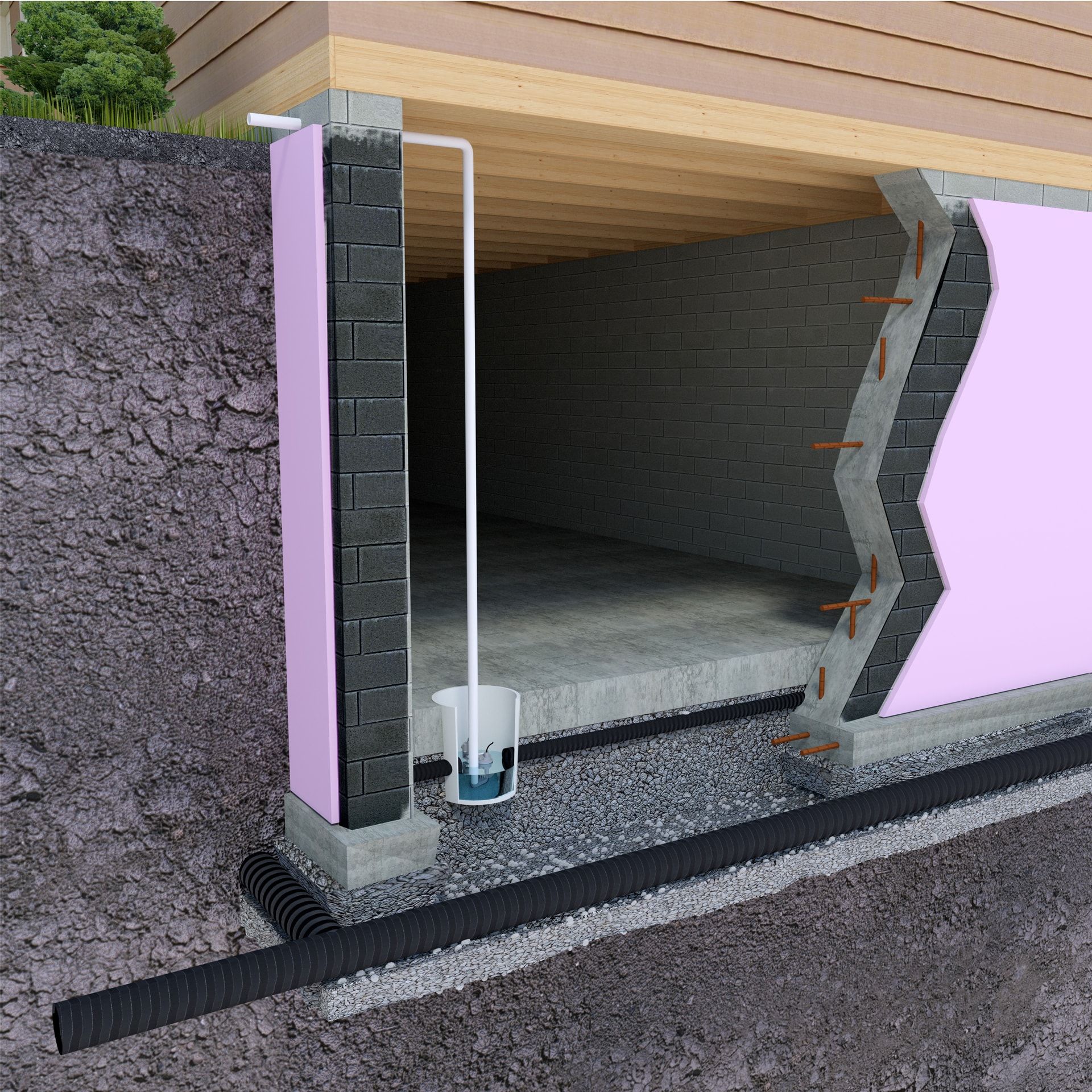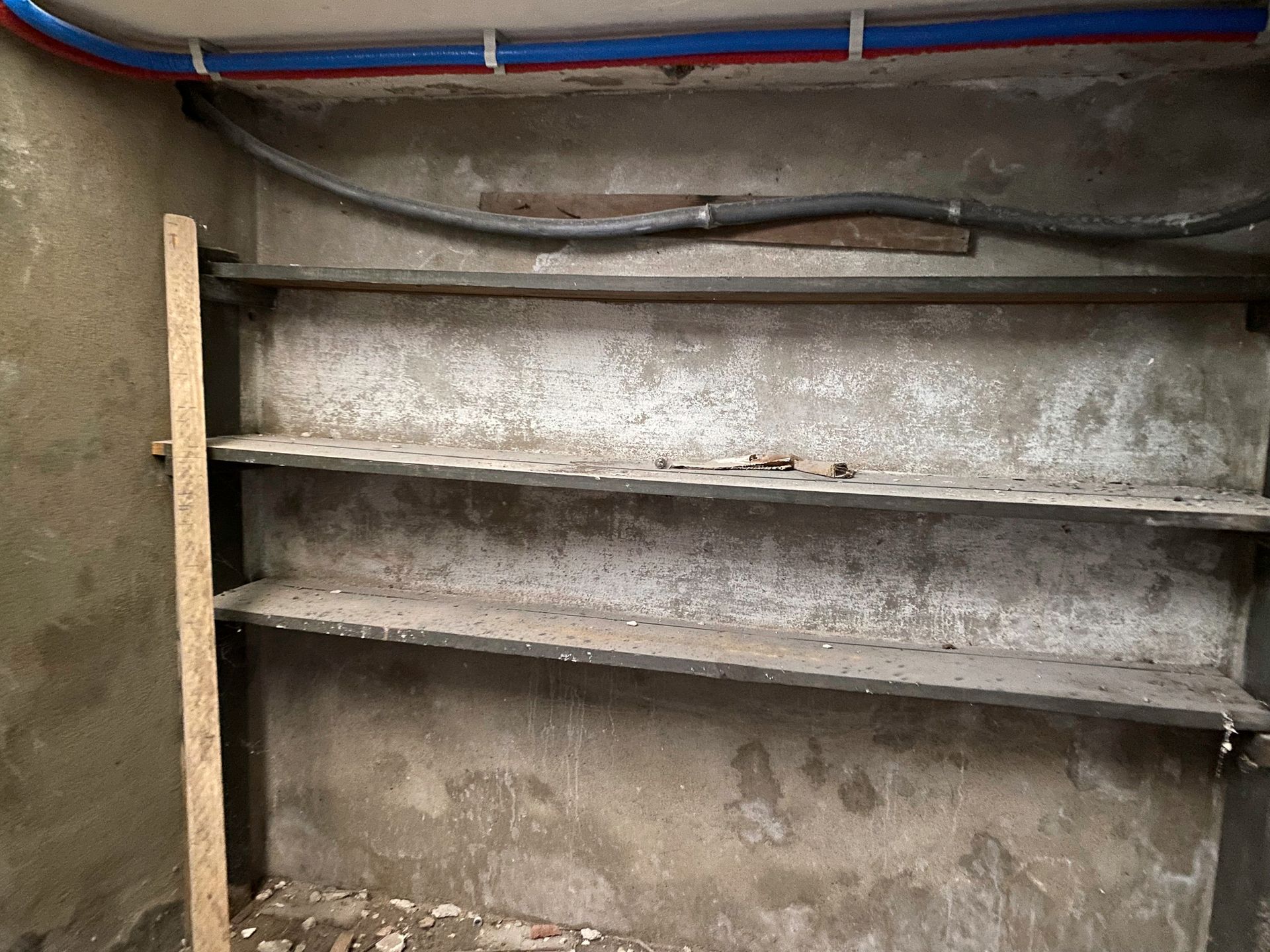Repair Your Foundation With Carbon Fiber: The Strong and Lightweight Solution
In this industry, I have seen many different materials used for foundation repair. However, in recent years, carbon fiber has become a popular choice for its strength and lightweight properties. In this article, I will introduce carbon fiber and explore its benefits for foundation repair, as well as its cost-effectiveness and potential for wall repair.
Introduction to Carbon Fiber
Carbon fiber is a strong and lightweight material made from carbon fibers bonded together with a polymer resin. It was first developed in the 1960s and has since been used in a wide range of applications not just for foundation repair, from aerospace to sports equipment to construction.
Carbon fiber has several advantages over other materials. It is incredibly strong, with a tensile strength that is several times greater than steel. At the same time, it is also lightweight, which makes it an ideal material for applications where weight is a concern.
What is Foundation Repair and Why is it Important?
Foundation repair is the process of fixing damaged or weakened foundations in buildings. Foundations can become damaged due to a variety of factors, including soil movement, moisture, and poor construction.
Foundation problems can lead to serious structural issues if left untreated. They can cause cracks in walls and ceilings, uneven floors, and doors and windows that no longer open and close properly. In extreme cases, foundation problems can even cause a building to collapse.
That’s why it is important to address foundation issues as soon as they are discovered. A stable foundation is essential for the safety and longevity of any building.
Traditional Foundation Repair Methods vs. Carbon Fiber
Traditionally, foundation repair has involved using materials such as concrete or steel to reinforce the foundation. These materials are certainly strong, but they are also heavy and can be difficult to work with.
Carbon fiber offers several advantages over traditional materials. For one, it is much lighter, which makes it easier to install and reduces the load on the foundation. It is also highly durable and resistant to corrosion, which means it will last longer than other materials.
Another advantage of carbon fiber is that it can be installed without the need for heavy equipment or extensive excavation. This makes the installation process faster and less disruptive to the building and its occupants.
Benefits of Using Carbon Fiber for Foundation Repair
There are several benefits to using carbon fiber for foundation repair. First and foremost, it is incredibly strong. It has a tensile strength that is several times greater than steel, which means it can withstand a great deal of stress and pressure.
Carbon fiber is also highly flexible, which means it can be used to reinforce a variety of foundation types, including concrete, masonry, and stone. It can be used to repair cracks, prevent further damage, and strengthen weak areas of the foundation.
Another benefit of carbon fiber is that it is highly resistant to corrosion and moisture damage. This means it will not degrade over time, even in harsh environments. It is also less likely to attract pests or other organisms that can damage the foundation.
Carbon Fiber Installation Process
The installation process for carbon fiber is relatively simple. First, the surface of the foundation is cleaned and prepared. Then, an adhesive is applied to the surface, and the carbon fiber strips are applied to the adhesive. Finally, a topcoat is applied to protect the carbon fiber from damage and to provide a finished look.
The installation process can be completed in a matter of hours, depending on the size and complexity of the project. This makes carbon fiber an ideal choice for projects that need to be completed quickly and with minimal disruption.
Examples of Carbon Fiber Reinforcement for Foundation Repair
Carbon fiber can be used to reinforce a variety of foundation types and repair a range of issues. Here are a few examples of how carbon fiber has been used in foundation repair:
- Carbon fiber was used to repair a cracked foundation in a commercial building. The carbon fiber strips were applied to the surface of the foundation to reinforce the weakened areas and prevent further cracking.
- Carbon fiber was used to strengthen the foundation of a historic stone building. The carbon fiber strips were applied to the surface of the stone to provide additional support and prevent further damage.
- Carbon fiber was used to reinforce the foundation of a residential home that was built on a slope. The carbon fiber strips were applied to the foundation walls to prevent shifting and settling.
Carbon Fiber vs. Other Materials (Comparative Analysis)
Carbon fiber is not the only material used for foundation repair. Other materials include concrete, steel, and epoxy. Here is a comparative analysis of carbon fiber and these other materials:
- Concrete: Concrete is a strong and durable material that is often used for foundation repair. However, it is heavy and can be difficult to work with. It also requires extensive excavation and can be disruptive to the building and its occupants.
- Steel: Steel is also a strong and durable material, but it is heavy and can be expensive. It is also prone to corrosion, which can weaken the structure over time.
- Epoxy: Epoxy is a resin-based material that is used to fill cracks and gaps in the foundation. It is lightweight and easy to work with, but it is not as strong as carbon fiber and may not be suitable for all types of foundation repair.
- Not all carbon fiber is the same! The tensile strength and durability can vary with different manufacturers. Our trusted manufacturer of choice is “Rhino”. You can learn more about their superior product here. www.rhinocarbonfiber.com
Cost of Carbon Fiber Foundation Repair
The cost of carbon fiber foundation repair will depend on a variety of factors, including the size and complexity of the project, the type of foundation being repaired, and the location of the building.
Generally speaking, carbon fiber is a cost-effective option for foundation repair. It is less expensive than traditional materials like concrete and steel, and it requires less time and labor to install, which can result in lower overall costs.
Carbon Fiber for Wall Repair
In addition to foundation repair, carbon fiber can also be used for wall repair. Carbon fiber can be used to reinforce walls that have been damaged by moisture, settling, or other factors. It can also be used to prevent future damage and to strengthen weak areas of the wall.
The installation process for carbon fiber wall repair is similar to that for foundation repair. The surface of the wall is cleaned and prepared, and the carbon fiber strips are applied to the adhesive. A topcoat is applied to protect the carbon fiber and provide a finished look.
Frequently Asked Questions (FAQs)
Q: Is carbon fiber more expensive than traditional materials like concrete and steel?
A: No, carbon fiber is generally less expensive than traditional materials and requires less time and labor to install.
Q: How long does carbon fiber last?
A: Carbon fiber is highly durable and resistant to corrosion and moisture damage. It can last for decades with proper installation and maintenance.
Q: Can carbon fiber be used to repair any type of foundation?
A: Carbon fiber can be used to reinforce a variety of foundation types, including concrete, masonry, and stone.
Conclusion
Carbon fiber is a strong and lightweight material that is ideal for foundation repair. It is highly durable, resistant to corrosion and moisture damage, and cost-effective. It can be used to repair a variety of foundation types and strengthen weak areas of the foundation. Additionally, it can be used for wall repair and reinforcement. If you are in need of foundation or wall repair, consider carbon fiber as a solution that will provide long-lasting results. Here are a few more examples of some carbon fiber repair projects.


